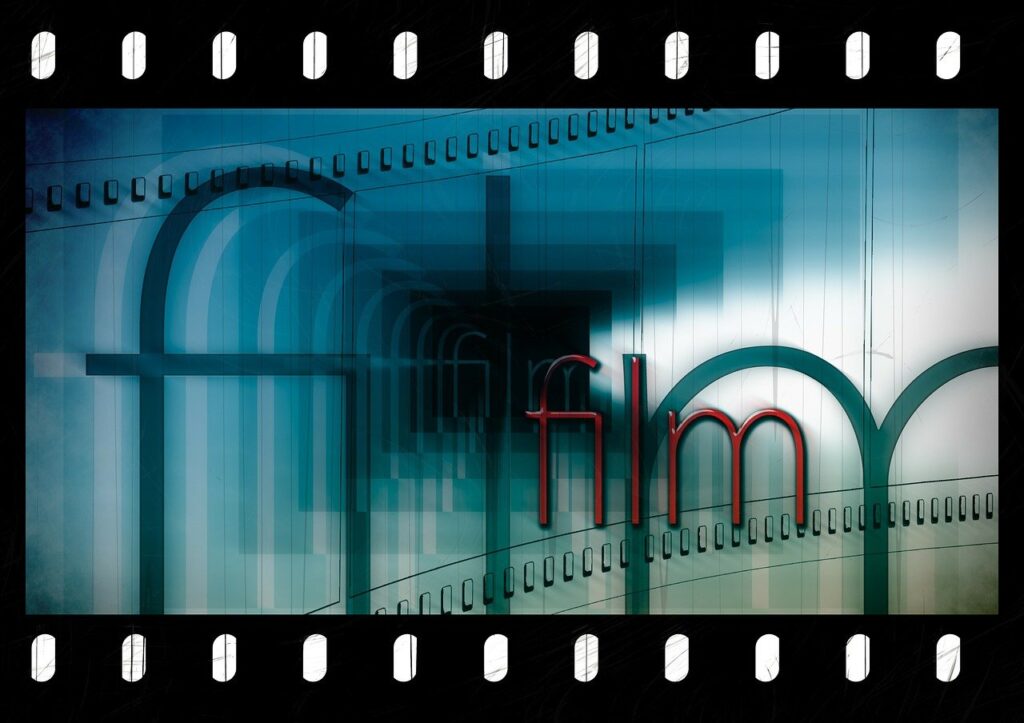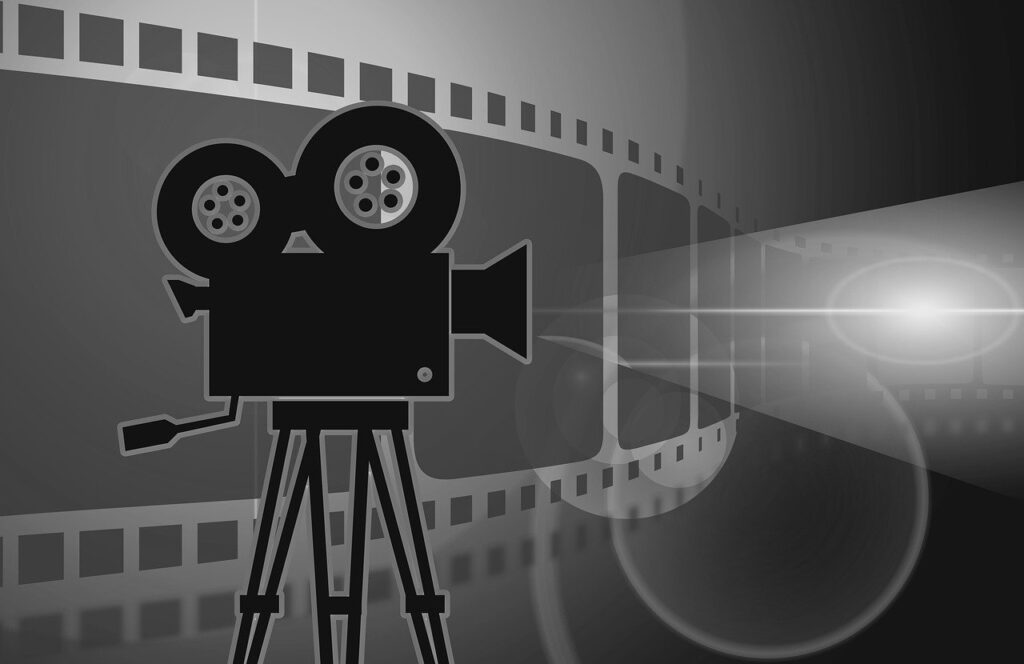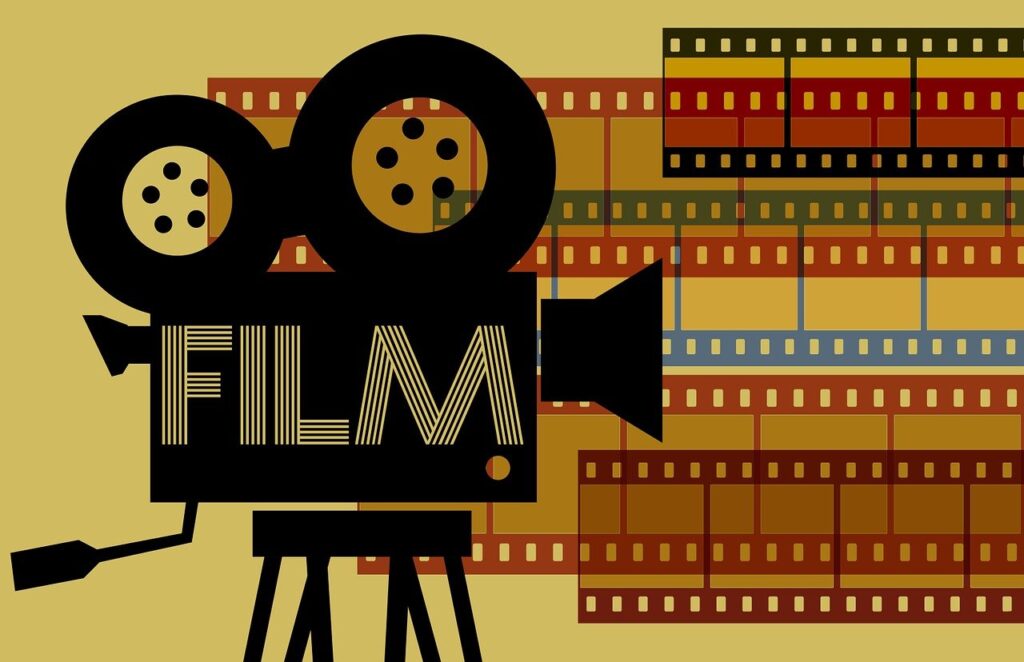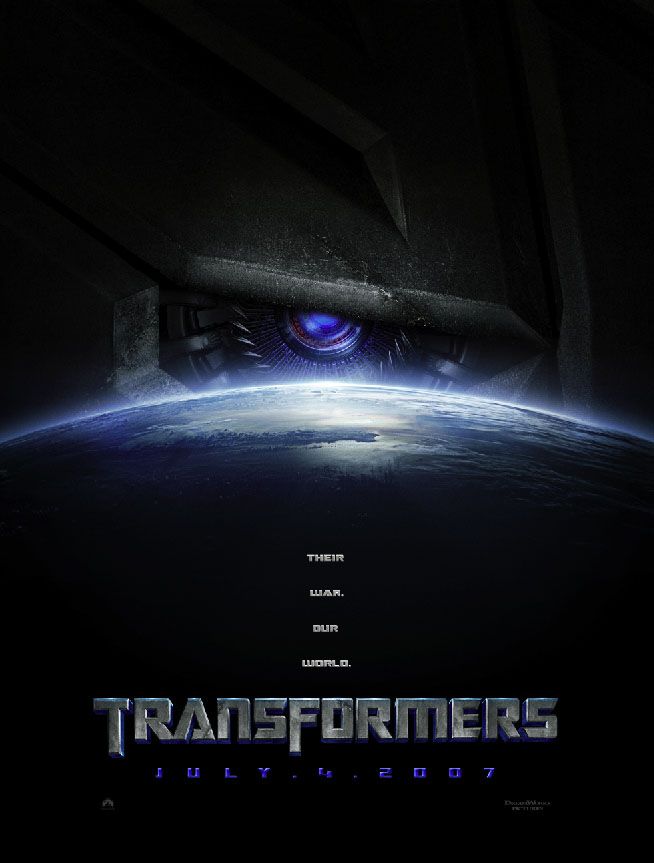Movies have a magical way of evoking emotions, but sometimes, a film comes along that doesn’t just stir feelings – it ignites an absolute firestorm. These aren’t your average blockbusters; these are the cinematic heavyweights that become battlegrounds of opinion, with viewers passionately loving or vehemently disliking them. We’re talking about films that challenge perceptions, provoke strong reactions, and kick off endless debates that echo through cinematic history.
Whether it’s due to unconventional storytelling, controversial themes, or plot twists that leave your jaw on the floor, some films have earned their place in the annals of cinema specifically for being divisive. They push the boundaries so far, leaving audiences shocked, bewildered, and absolutely split down the middle. These movies often tackle tough subjects or use shocking imagery that gets people talking, for better or for worse.
So, let’s embark on a journey through some of the most polarizing masterpieces that continue to intrigue, infuriate, and fascinate audiences worldwide. Get ready to dive into the controversies, the outrage, and the enduring legacies of 12 films that truly divided the world, forcing us to grapple with questions of art, morality, and society itself. Each one challenged norms, sparked public outcry, or faced bans for its daring approach, leaving an indelible mark on cinema history.

1. **The Birth of a Nation (1915)**
Kicking off our list is a film that, despite its groundbreaking techniques, remains one of the most infamously controversial movies ever made: D.W. Griffith’s “The Birth of a Nation.” This silent film is undeniably a cinematic milestone for its innovations in filmmaking, but its legacy is deeply tainted by its profoundly racist depiction of Black people. It boldly, and offensively, portrayed the Ku Klux Klan as heroes while African Americans were cast as villains, employing actors in blackface to further these harmful stereotypes.
The film’s glorification of white supremacy was a shocking declaration, leading to immediate and widespread protests and riots upon its release. It was even screened at the White House, a detail that only amplified its notoriety and further entrenched its place in the debate over historical representation. The NAACP, a nascent civil rights organization at the time, led vigorous campaigns against it, and numerous cities across the United States banned its screenings outright, recognizing the potent and dangerous message it conveyed.
While its technical achievements undeniably influenced future generations of filmmakers, the movie’s hateful narrative caused widespread outrage that continues to resonate today. Its portrayal ignited a crucial conversation about media’s power to shape public perception and perpetuate prejudice. The controversy surrounding “The Birth of a Nation” still lingers whenever it’s discussed, serving as a powerful reminder of cinema’s dual capacity for both innovation and profound harm.
Read more about: Banned from the Big Screen: Iconic Moments That Sparked Outrage and Censor’s Fury
2. **Triumph of the Will (1934)**
Next up, we encounter a film that exemplifies cinema’s perilous capacity for propaganda: Leni Riefenstahl’s “Triumph of the Will.” This film is often cited as a technical masterpiece for its innovative cinematography and grand scale, yet it is morally reprehensible due to its unwavering association with one of history’s darkest regimes. It was explicitly created as a propaganda film for the Nazi Party, glorifying Adolf Hitler and the infamous 1934 Nuremberg Rally, using incredibly powerful imagery to promote Nazi ideology.
The film’s stunning cinematography, which undeniably influenced future filmmakers with its sweeping shots and meticulous staging, cannot be divorced from its insidious purpose: to spread hate and manipulate public opinion. Its explicit association with the Nazi Party made it instantly controversial, a chilling testament to the persuasive force of visual media. After World War II, many countries justifiably banned it, recognizing it as a dangerous tool of political indoctrination.
Riefenstahl’s career never truly recovered from her involvement with such a morally compromising project. The film remains a chilling reminder of cinema’s immense power—not just to entertain or inform, but to manipulate, distort, and serve the most heinous political agendas. Its very existence continues to spark intense ethical debates about the responsibility of artists and the medium itself.
Read more about: Dull Box Office Bombs and Critical Disasters: The Absolute Worst Films You Can Skip

3. **Freaks (1932)**
Tod Browning’s “Freaks” takes us into a different, yet equally unsettling, realm of cinematic controversy. This horror film was groundbreaking—and deeply disturbing for its time—because it featured real carnival performers with physical deformities. The story centers on a beautiful trapeze artist who manipulates a dwarf for his inheritance, leading to a shocking revenge plot carried out by the other ‘freaks’ of the carnival. The film’s portrayal of disabled people, simultaneously presented as sympathetic and terrifying, sparked an immediate and intense outrage among audiences and critics alike.
Viewers in the 1930s were profoundly unsettled by the film’s climax and, perhaps more significantly, by its audacious use of real individuals with visible physical differences. This choice blurred the lines between fictional horror and uncomfortable reality, making it a truly unique and polarizing experience. The film was so shocking that it was banned in several countries and heavily edited in others, with much of its original runtime deemed too disturbing for public consumption.
Despite its initial hostile reception and the controversy that surrounded it for decades, “Freaks” eventually gained a passionate cult following. Modern critics often laud it for its bold approach and its subversive commentary on beauty, monstrosity, and societal acceptance. However, its original release proved just how much it challenged prevailing norms and pushed the boundaries of what was acceptable to show on screen, leaving audiences with a visceral and unforgettable experience.
Read more about: Beyond the Popcorn: 14 Infamous Movies That Sent Audiences Running for the Exits
4. **Song of the South (1946)**
Even the most beloved of studios, Disney, has a significant stain on its legacy, and it comes in the form of the 1946 musical film “Song of the South.” This movie, which famously blends live-action with animation, aimed to tell charming stories of Uncle Remus on a Southern plantation. However, its deeply romanticized depiction of slavery and its reliance on racial stereotypes caused an immediate and ferocious backlash, cementing its place as one of the most controversial Disney productions ever.
The film portrays black characters almost exclusively as happy servants, glossing over the brutal realities and horrors of slavery that defined the era. This sanitized and offensive representation was met with fierce protests from civil rights groups from the moment it premiered. They rightly condemned its historical inaccuracy and its perpetuation of harmful stereotypes, arguing that it presented a dangerously distorted view of American history and racial relations.
Due to the widespread and sustained criticism, Disney implemented limited theatrical releases over the years, and perhaps most notably, the film has never been officially released on home video in the U.S. This effective locking away of the movie is a testament to its undeniably offensive content. While the catchy song ‘Zip-A-Dee-Doo-Dah’ remains famous and beloved, the film itself is widely considered a stain on Disney’s otherwise pristine legacy, serving as a continuous reminder of how popular media can inadvertently, or deliberately, perpetuate harmful narratives.
Read more about: Unlocking the Magic of Old Hollywood: 10 Essential Classic Films Every Beginner Cinephile Needs to See

5. **The Last Temptation of Christ (1988)**
Martin Scorsese, a director known for pushing boundaries, stirred up a massive religious storm with his 1988 film “The Last Temptation of Christ.” This movie dared to explore a humanized Jesus Christ, presenting him as a figure grappling with temptation and doubt, much like any ordinary person. However, it was a specific scene – one imagining Jesus marrying Mary Magdalene and living a conventional life – that absolutely outraged Christian groups around the globe, leading to widespread accusations of blasphemy.
The response was anything but calm. Protests erupted worldwide, with fervent demonstrations outside theaters and even more terrifying acts of violence, such as a Paris theater being firebombed during a screening. The film’s artistic take on Jesus’ spiritual struggles, aiming to explore his humanity rather than his divinity, did little to mollify its critics, who felt it directly contradicted biblical narratives and deeply offended their faith. Scorsese himself received numerous death threats, highlighting the extreme passions the film ignited.
Consequently, “The Last Temptation of Christ” was banned in several countries, and its release was met with intense scrutiny and moral condemnation in others. Despite considerable critical praise for its bold vision and powerful performances, its radical departure from traditional biblical accounts continues to keep it deeply divisive among religious audiences. The film remains a potent example of how artistic interpretation of sacred texts can lead to profound cultural and spiritual clashes.
Read more about: The Price of Early Stardom: 12 Child Actors Whose Careers Took a Tumultuous Turn After One Unforgettable Role
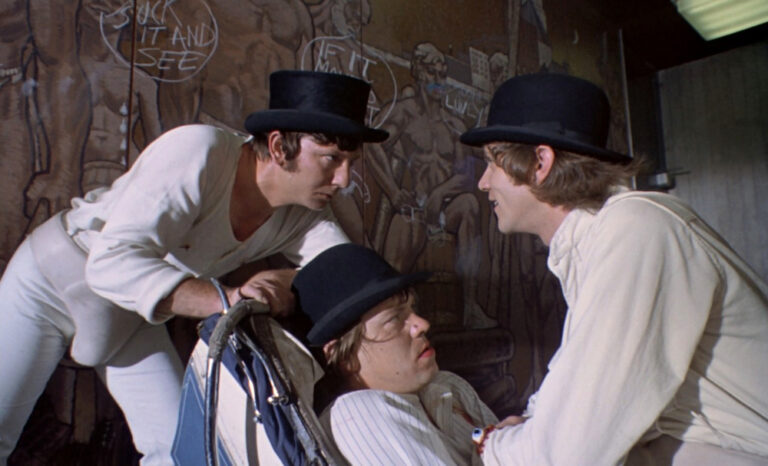
6. **A Clockwork Orange (1971)**
Stanley Kubrick’s dystopian thriller “A Clockwork Orange” exploded onto screens in 1971 and has been sparking intense debate ever since. This film follows Alex, a charismatic yet violent delinquent in a future Britain, who undergoes experimental aversion therapy to cure his antisocial tendencies. What shocked audiences then, and continues to unsettle them now, were its graphic and stylized depictions of rape, murder, and psychological torture, presented with a chilling aesthetic precision.
The film’s exploration of free will, morality, and societal control didn’t soften the impact of its brutal imagery. Instead, it magnified the discomfort, forcing viewers to confront disturbing questions about human nature and the effectiveness of rehabilitation. The public reaction was so fierce that actual copycat crimes were reported, leading Kubrick himself to controversially pull the film from UK theaters, fearing its influence on impressionable minds. It was also initially rated X in the U.S. and banned in several other countries for its explicit content.
“A Clockwork Orange” has undoubtedly become a classic of cinema, lauded for its bold style, unforgettable performances, and profound themes. However, its relentless and stylized violence continues to unsettle viewers and remains a hot topic in discussions about censorship, artistic responsibility, and the power of film to provoke. It’s a cultural touchstone that embodies divergent opinions on art and morality, cementing its status as a perpetually controversial masterpiece.
Ready to dive back into the cinematic deep end? If you thought the first batch of films pushed the envelope, buckle up! We’re about to explore even more boundary-shattering masterpieces that dove headfirst into extreme themes, graphic content, and social commentary, igniting firestorms of debate from the 70s right up to today. These are the flicks that leave an indelible mark, for better or for worse, continuing to polarize audiences and critics alike.
Read more about: Beyond the Popcorn: 14 Infamous Movies That Sent Audiences Running for the Exits
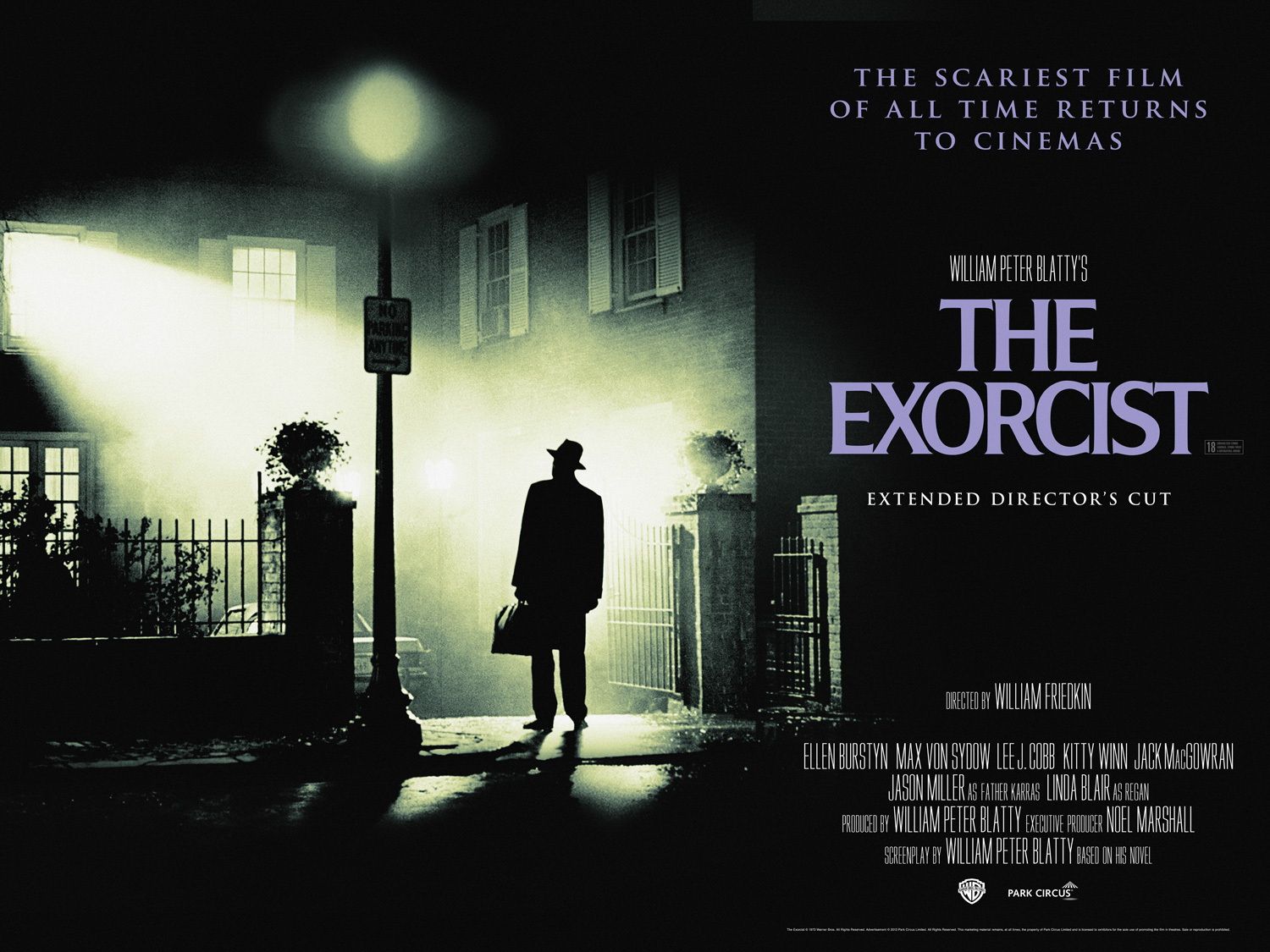
7. **The Exorcist (1973)**
Kicking off our next round of cinematic shockers is William Friedkin’s “The Exorcist,” a horror classic that unleashed a global uproar upon its release in 1973. This chilling tale of a young girl possessed by a demonic entity didn’t just scare audiences; it traumatized them, prompting widespread physical reactions in theaters, from fainting spells to nausea. It quickly became a cultural phenomenon, forever changing the landscape of horror cinema.
The film’s shocking scenes, depicting a child engaging in violent acts and blasphemous behavior, pushed moral and religious boundaries further than many thought possible. Whispers circulated that the movie itself might be cursed, adding an extra layer of chilling mystique to its already intense reputation. Its raw, visceral portrayal of demonic possession sparked profound debates about religion, faith, and the very real existence of supernatural evil.
The controversy was so intense that “The Exorcist” faced bans in parts of the UK and was met with protests elsewhere by religious groups who felt it was sacrilegious. Yet, its ground-breaking special effects and unflinching approach to horror cemented its status as a masterpiece, proving that cinema could tap into primal fears with unprecedented power. It remains one of the most debated horror films ever made, continuing to haunt and fascinate new generations of viewers.
Read more about: The Science of Fear: Unmasking the Decade’s Scariest Horror Films, Crowned by Data and Critics

8. **Deep Throat (1972)**
Next on our list is “Deep Throat,” an adult film from 1972 that famously crossed over into mainstream sensation, forever altering conversations around pornography and censorship. Starring Linda Lovelace, the movie gained notoriety not just for its explicit content but for its incredibly unique premise involving a woman with an unusual physical trait, which quickly made it a pop culture touchstone.
The film’s blatant ual content led to an avalanche of obscenity charges across the United States, sparking a nationwide legal battle over freedom of speech and what constituted acceptable public viewing. Theaters that dared to screen “Deep Throat” often found themselves targeted for prosecution, with legal teams grappling with unprecedented questions about artistic expression versus moral standards. This wasn’t just a movie; it was a societal flashpoint.
Further complicating its legacy, star Linda Lovelace later alleged that she was coerced and abused during the film’s production, casting a dark shadow over its commercial success and cultural impact. Despite these troubling revelations and ongoing legal battles, “Deep Throat” undeniable became a landmark in adult entertainment, prompting widespread public discourse. It undeniably played a pivotal role in normalizing discussions about uality in media, even as its ethical dimensions remain deeply problematic and debated.
Read more about: The Most Tragic TV Show Endings That Still Feel Unfair: Our Hearts Are Still Broken (and Probably Always Will Be!)
9. **Salò, or the 120 Days of Sodom (1975)**
Prepare for a truly disturbing journey with Pier Paolo Pasolini’s “Salò, or the 120 Days of Sodom,” a film that pushed the absolute limits of human endurance and cinematic depiction in 1975. This chilling Italian-French co-production depicts four wealthy fascist libertines who torture and degrade a group of teenagers during the final days of World War II. Its scenes are not merely graphic; they are an unrelenting, visceral exploration of sadism and depravity.
The film’s explicit scenes of ual violence, torture, and degradation are among the most disturbing ever committed to celluloid, leading to immediate bans in multiple countries worldwide. Pasolini’s unflinching portrayal of human cruelty was so intense that many critics found it almost unwatchable, unable to reconcile its artistic intentions with its shocking content. It was a film designed to repel as much as it was to provoke.
Pasolini intended the film as a brutal political allegory, a scathing critique of power, fascism, and consumerism’s dehumanizing effects, translating the Marquis de Sade’s novel into a modern context. However, for many, the film’s artistic merit was completely overshadowed by its excessive and sickening content. Even today, “Salò” maintains its formidable reputation as one of cinema’s most disturbing and ethically challenging works, rarely screened publicly and continuing to polarize anyone brave enough to view it.
Read more about: Decoding Fear: Exploring Pivotal Moments in Cinematic Horror History
10. **Natural Born Killers (1994)**
Oliver Stone’s “Natural Born Killers,” unleashed in 1994, is a frenetic, satirical, and highly controversial exploration of violence and media sensationalism that immediately divided audiences. The film follows Mickey and Mallory, two charismatic lovers on a murderous rampage across America, presented through a dazzling array of stylistic choices—from black and white to animation—that both mesmerized and disoriented viewers.
Its graphic content and unconventional storytelling weren’t just for shock value; they challenged audiences to reflect deeply on society’s insatiable fascination with violence and the media’s role in amplifying it. While some viewers applauded Stone’s audacious vision and thematic depth, recognizing it as a biting critique of pop culture, others vehemently criticized its excessive brutality and perceived glorification of crime, arguing it crossed a line.
The film’s impact was so profound that it was tragically blamed for inspiring real-life crimes, including the Columbine shooting, though this link remains a subject of intense debate. This led to its ban in Ireland and faced heavy scrutiny and censorship elsewhere. Stone himself famously cut scenes to avoid an NC-17 rating in the U.S., but the controversy persisted, cementing “Natural Born Killers” as a cult favorite that continues to provoke crucial discussions about media influence and the very nature of violence.
Read more about: Beyond the Screen: The Most Infamous Cinematic Moments That Ignited Chaos in Theaters and Triggered Real-World Turmoil


